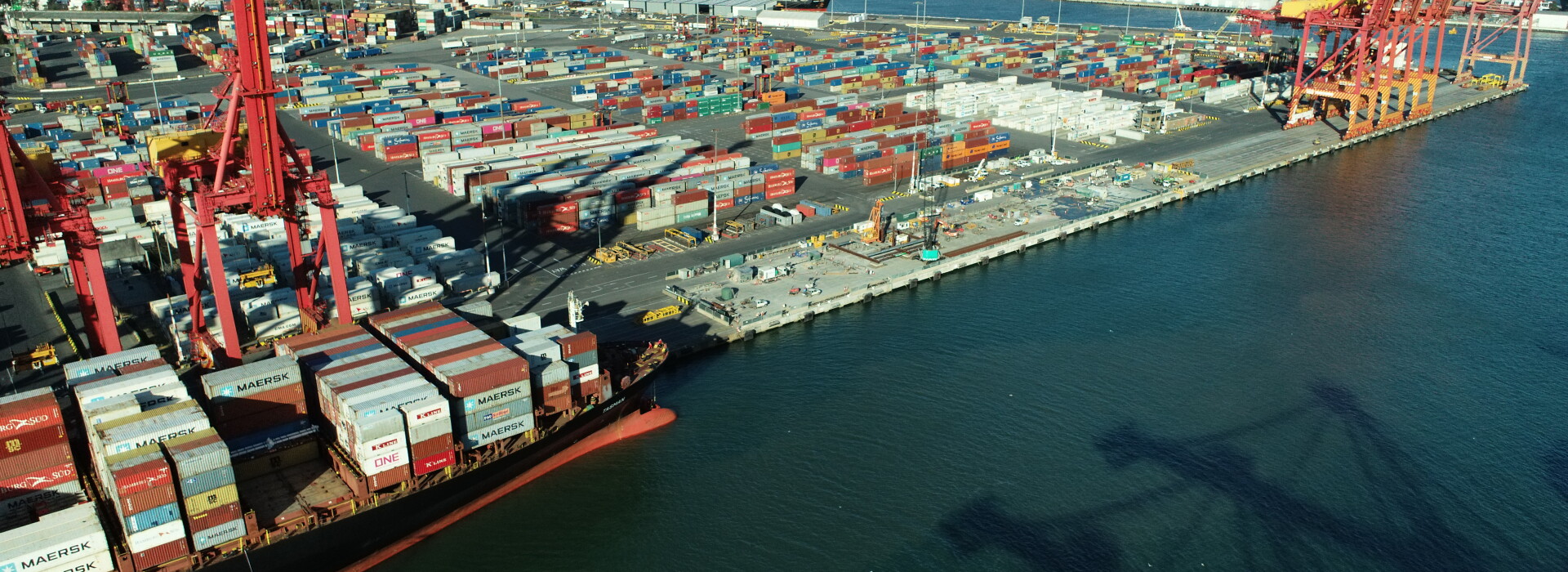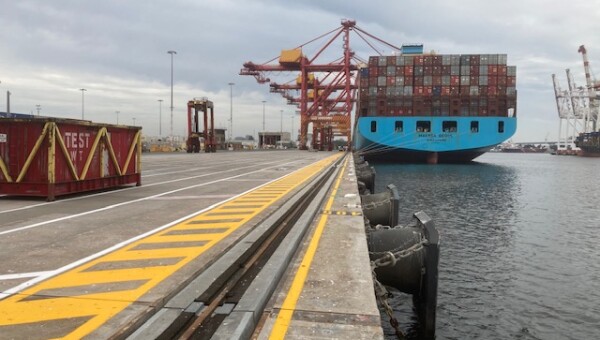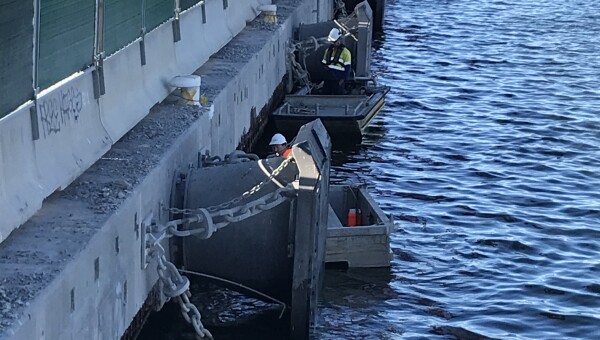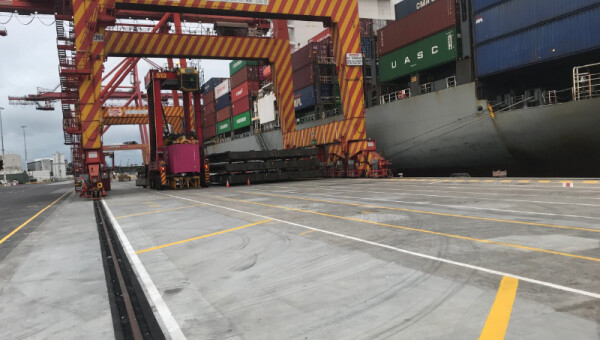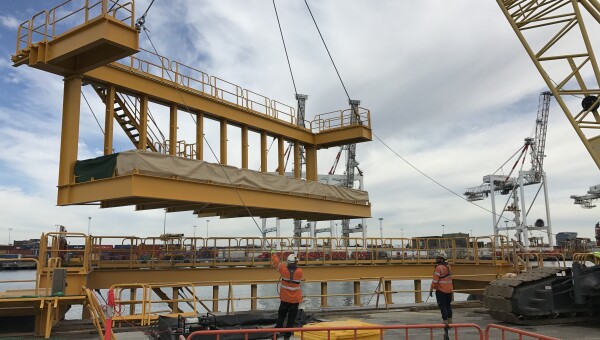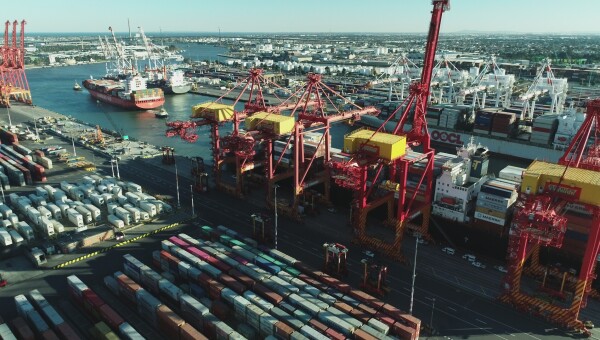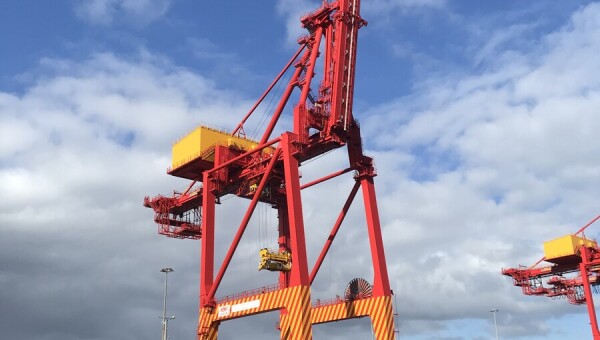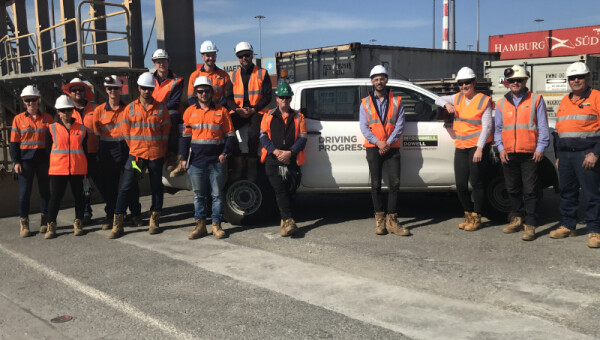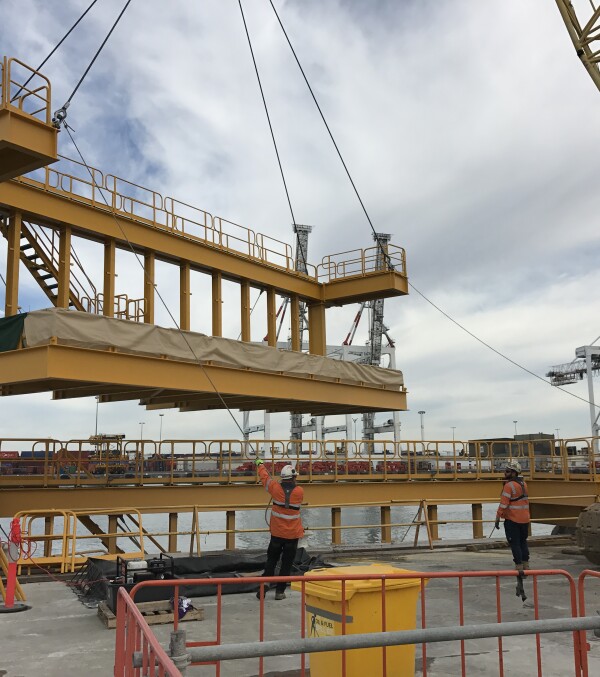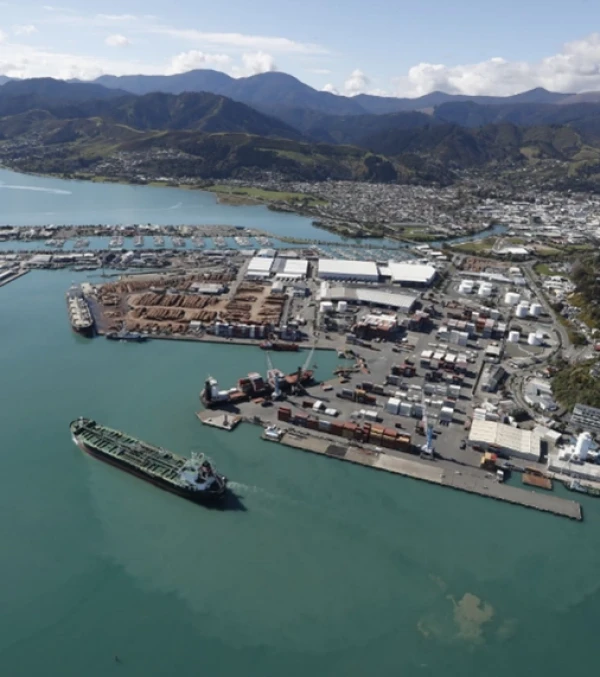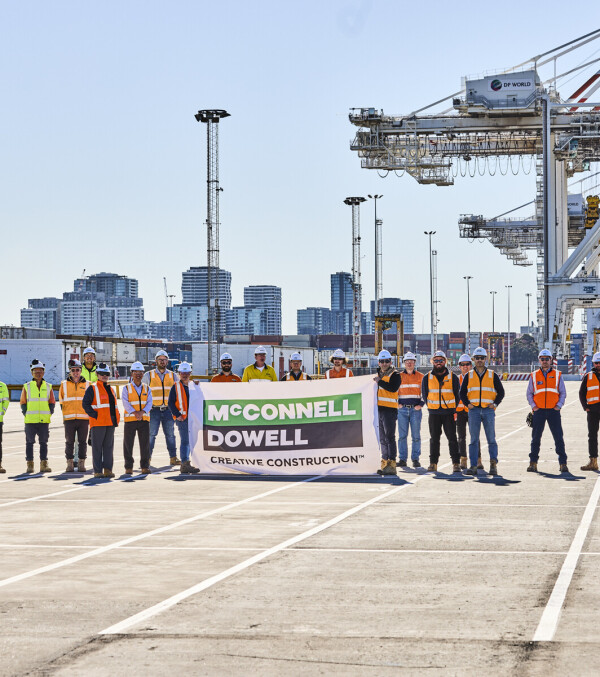|
Customer: Port of Melbourne Contract: Early Contractor Involvement Location: Melbourne, Victoria |
Fast Facts
|
Working in collaboration with the Port of Melbourne, we successfully completed four contracts at Swanson Dock between 2017 and 2020.
After completing the award winning Port Capacity Project, we continued our partnership with Port of Melbourne with a series of smaller contracts to rehabilitate the iconic Swanson Dock - the heart of Australia's busiest container terminal.
We were awarded the first project, Swanson Dock East Berth 1 Rehabilitation, after an intense and productive three month collaboration with Port of Melbourne. This was focused on developing the best design and delivery solution.
The project was a complex logistics challenge with the requirement to maintain full operations for the terminal operator. Our scope of work included installation of new steel piles through the existing concrete deck; remediation and rehabilitation of the deck and fender beam; and removal and installation of a new crane rail.
Following successful completion of Berth 1, we were awarded the remediation and rehabilitation of Swanson Dock East Berth 2, which involved works to 60 metres of the wharf, including installation of 165 new piles and reconstruction of sections of the existing reinforced concrete deck. These deck repairs included replacement of an existing crane rail. Similar to the previous contract, all works were completed without disrupting port operations.
Following that success, Swanson Dock East Berth 2 Stage 2 was awarded and involved remediation and rehabilitation works to another 203 metres of this delapidated wharf.
The final contract involved installation of new 150T bollards on Swanson Dock East Berth 3-4 and on Swanson Dock West Berth 3-4. This included on-shore bollards on new steel piled foundations.
Central to this successful repeat-business relationship has been our collaborative approach to solution development, the team's uncompromising focus on safety, and our ability to minimise disruption to live port operations through smart staging of the works.
Innovation and Excellence
During the Phase 1 ECI process, it was discovered that the deck could not be loaded with heavy construction equipment for a significant period of the project. This posed a challenge to understand how the through deck piles could be installed with this restriction. Our temporary works designers, in conjunction with the nominated piling subcontractor, developed a grillage beam arrangement that transferred the loading from the piling temporary works onto strong points within the deck footprint. This ensured the works could remain confined within the site footprint while achieving program.
To rehabilitate the fender beams, we developed and engineered a fender access platform that was utilised to provide a safe working platform across a 15m x 4m footprint. The platforms provide safe access from land to the front, soffit and rear faces of the fender beams to allow hydro-demolition works, reinforcement replacement/ augmentation and gunite spraying of the fender beams as part of the rehabilitation works.
The reusable platforms were designed to allow all the elements of the works to be undertaken from a single set-up and included removable mid-level decks to provide safe access to the full fender depth and underside of the wharf.
Our inhouse engineering team won the 2019 Worksafe Victoria “Best Solution to a Specific Workplace Health and Safety Issue” Award for the fender access platform development.

